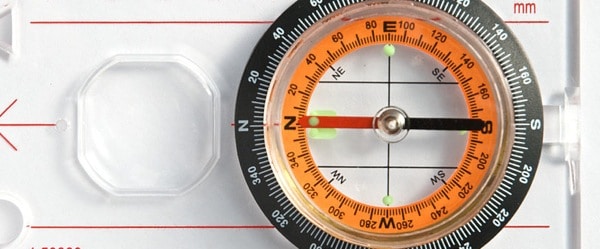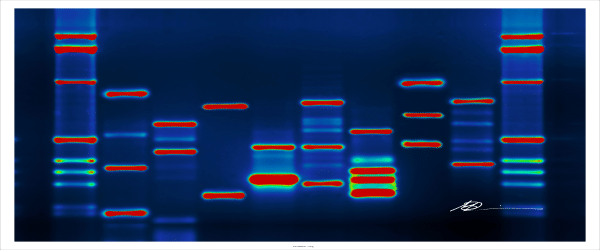A while back, one of our readers asked for a quick and easy and quick way to extract plasmids from transformed Agrobacterium tumefaciens cells. They pointed out that plasmid copy number is often low in Agrobacterium and that yield can be poor in alkaline base miniprep protocols.
The short answer is that there is no quick and easy way to get high plasmid yields from Agrobacterium. However, with several years of experience, I hope to be able to help the reader out by presenting a few ways around this issue!
Quick Recap – What Is
Agrobacterium tumefaciens?
A. tumefaciens (often referred to as Agrobacterium) is a gram-negative bacterium and a mainstay in plant molecular biology labs. Most labs that work with Agrobacterium use it as a plant transformation vector.
There are a few common Agrobacterium binary vectors amenable to replication in both E. coli and A. tumefaciens. However, as the reader pointed out, the origin of replication in Agrobacterium plasmids is usually not very efficient leading to low copy number.
Why Isolate Plasmids From
Agrobacterium?
After plasmid construction (usually in in E. coli), plasmids verified to contain the correct insert are transformed into Agrobacterium. Transformants are then identified via a selection marker on the plasmid.
It is important to ensure that plasmids don’t become rearranged in Agrobacterium during the transformation process. One way to check for rearrangements is to isolate plasmids from Agrobacterium directly. You can then analyze the isolated plasmid further (e.g. via PCR, restriction mapping or sequencing).
Unfortunately, Agrobacterium is generally not amenable to standard E. coli plasmid isolation protocols. I have found that Agrobacterium lysis yields more cellular debris than E. coli, and plasmid yield is almost always lower. This makes it tricky to carry out the quality control step described above. But don’t despair – help is on the way!
If you only need to confirm the presence of your plasmid in Agrobacterium, you can probably get away with colony PCR. This is fast and easy, and in my hands, diluted liquid culture as a PCR template often leads to greater success than using colonies from agar plates. However, if you need to rule out plasmid rearrangements, you won’t be able to escape plasmid isolation. Keep reading!
The Best Way to Isolate Plasmids From
Agrobacterium
In short, use a commercial kit! This seems to be the general consensus amongst my peers in the A. tumefaciens community. The yield might still be low, but you will save a lot of time and money in the long run!
Look around online/in papers to see what kits others are using for Agrobacterium, and ask suppliers for free samples to get you started. Some suppliers will even suggest Agrobacterium-specific protocols for their kits if you make enquiries.
Do bear in mind though, that even with kits, your yield may be quite low (5-20 ng/µl). Furthermore, and from experience, your prep won’t always be pure when measured on a Nanodrop, which makes it difficult to quantify how much plasmid you actually have!
Ok – You FINALLY Have Your Plasmid and Your Yield Is Low – What Next?
A low yield will limit what you can do with the plasmid right away, but don’t despair, as you can always get good ‘ol E. coli to save the day.
- Pool enough minipreps to perform a restriction digest to analyze your plasmid after transformation into Agrobacterium. Make sure to include enough cut sites to ensure that there hasn’t been a rearrangement!
- Alternatively, you could sequence your plasmid after isolation from Agrobacterium. For this, I suggest introducing it back into coli and go from there. The plasmid may rearrange when moved back into E. coli, but analysis of 8-10 colonies should give you enough consensus on what is going on. The yield from an E. coli prep will be much higher, leaving you with enough material for sequence analysis. Just remember to sequence plasmids from a few E. coli transformants each time.
I hope I have managed to give you some useful advice on working with low plasmid yields from Agrobacterium. To sum up, use colony PCR wherever possible, and if you absolutely must perform a miniprep, save yourself a headache and use a kit.
If you have any more tips on plasmid isolation from A. tumefaciens, we would love to hear from you. Just write to us in the comments section!







